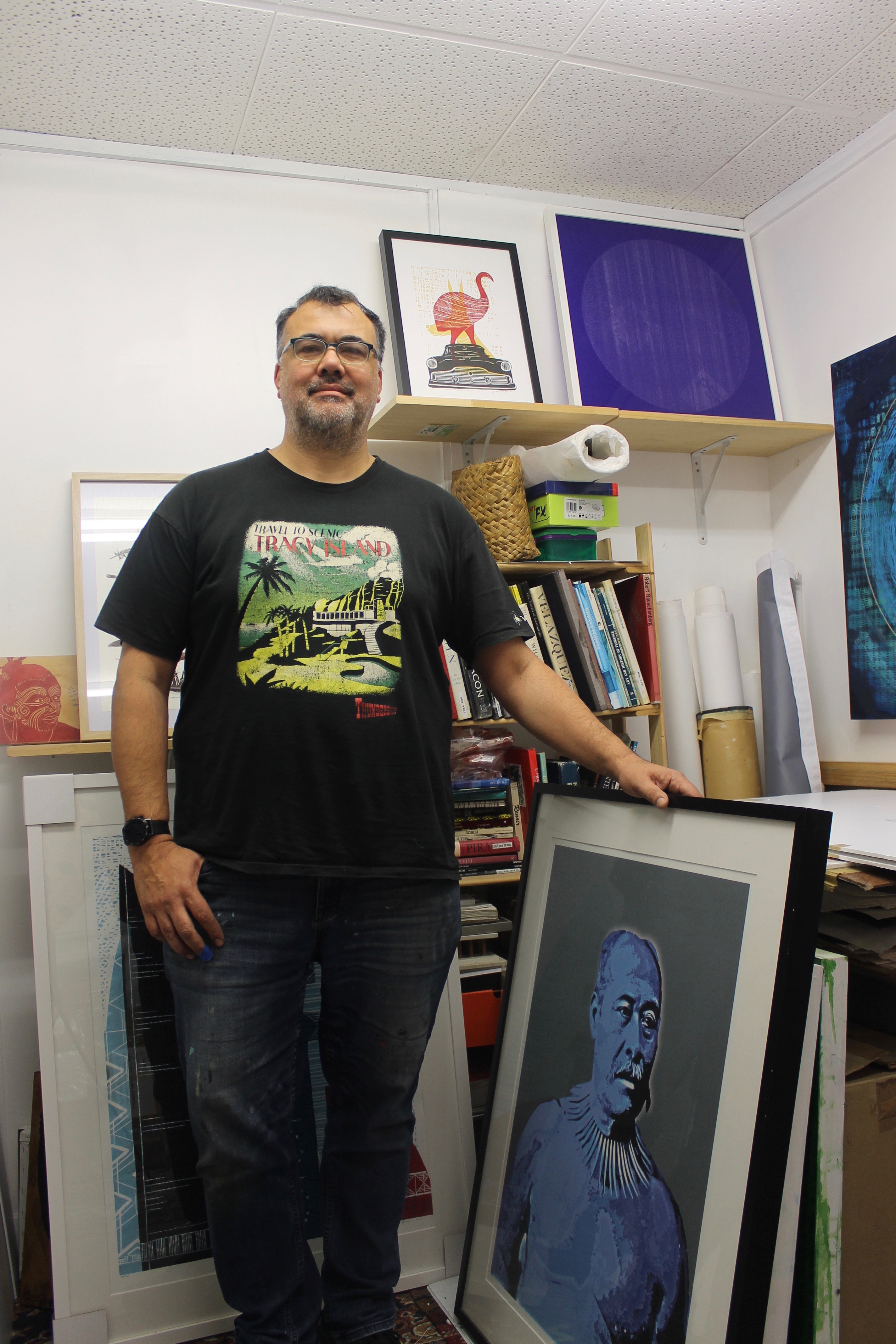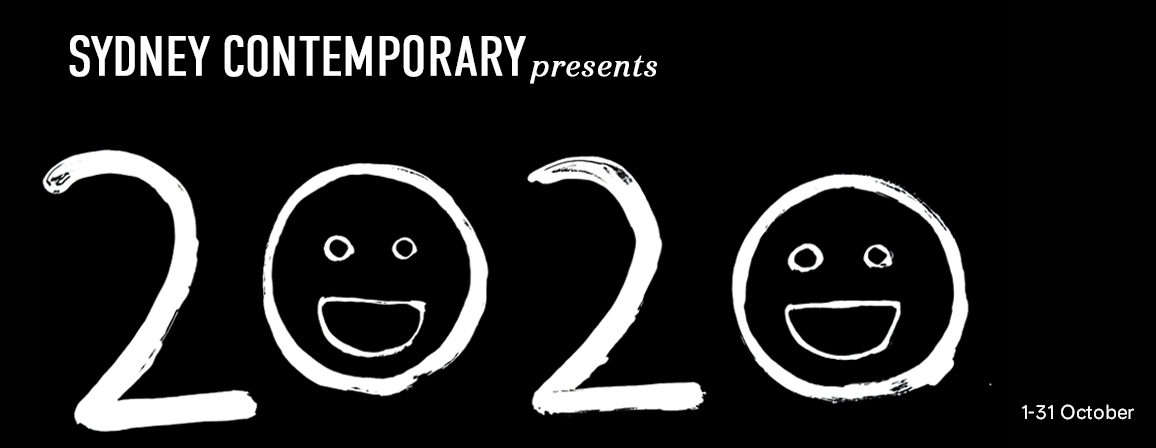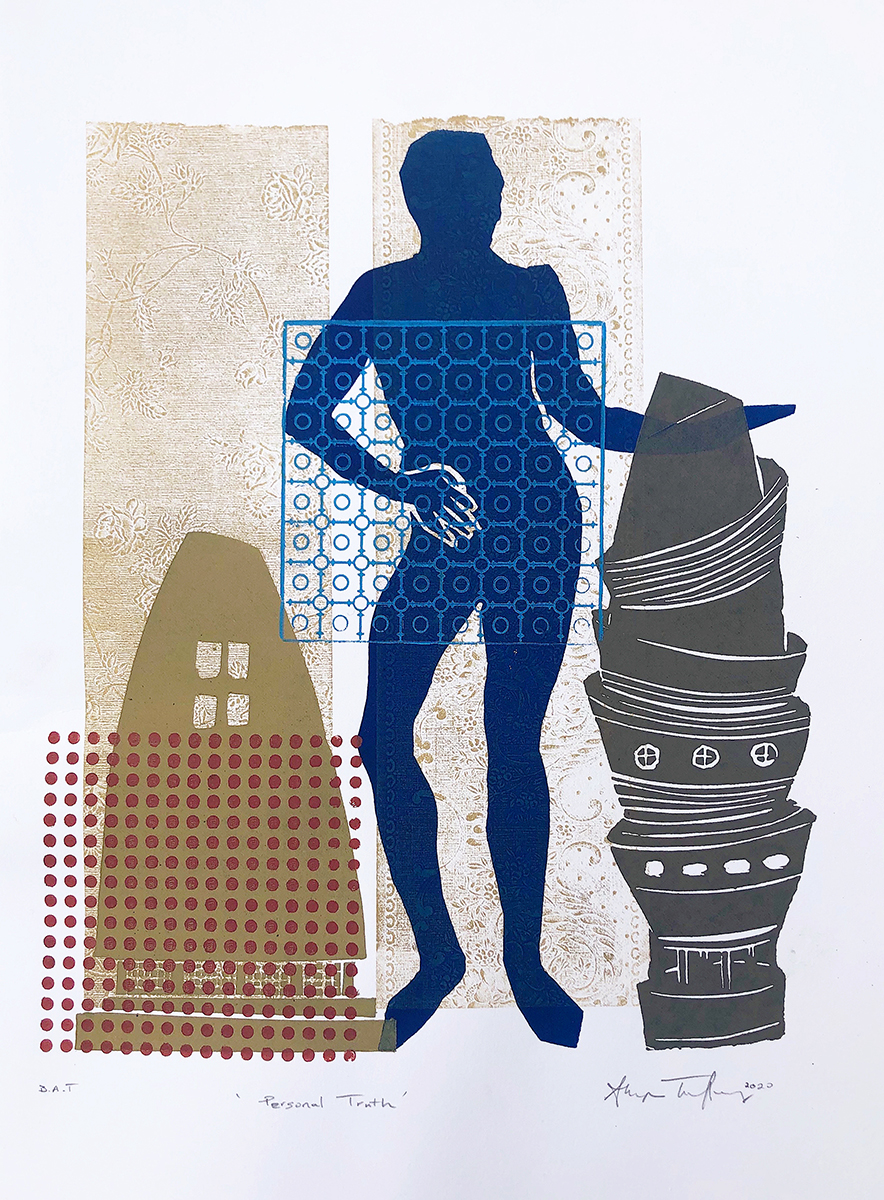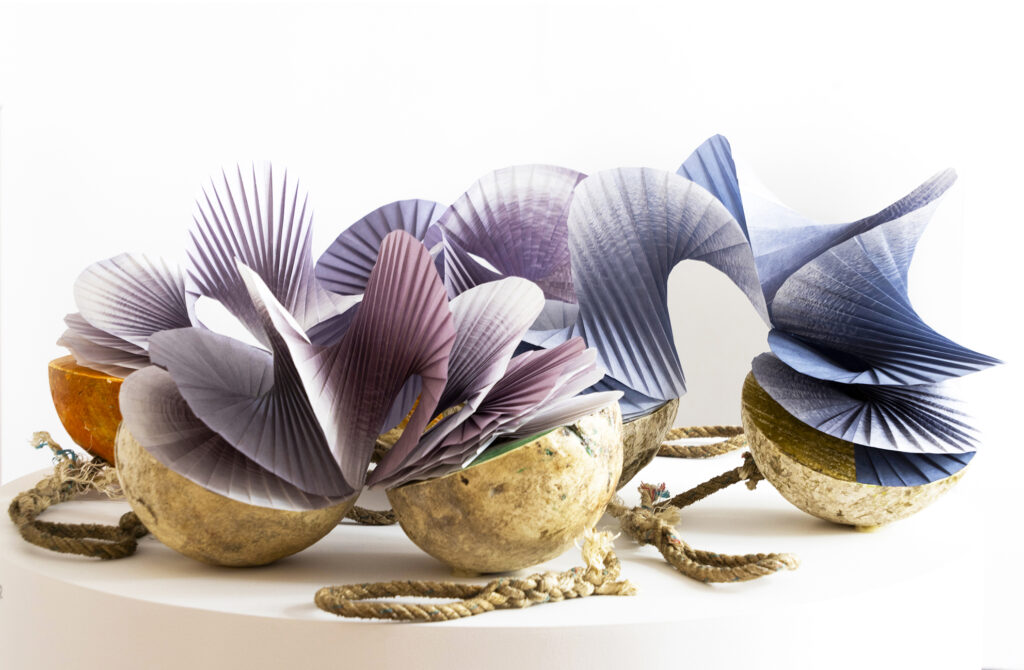
Sheyne Tuffery
Born 1970 NZ. Lives in Wellington ,New Zealand.
The Pattern Inside
Mixed relief (woodblock and found object)
Edition of 35, Image size: 40 x 30 cm, Paper size: 56 x 38 cm
VIEW THE PRINTS
Umbrella Studio Contemporary Arts
2 October – 15 November, 2020
408 Flinders Street,
TOWNSVILLE QLD 4810
Open Tues-Fri 9am-5pm | Sat-Sun 9am-1pm
umbrella.org.au
Sydney Contemporary Presents 2020
1 – 31 October, 2020
sydneycontemporarypresents.com.au
A free, experiential online platform where visitors can peruse artworks from over 80 Australian and New Zealand galleries.
*Sydney Contemporary art fair, and PAPER CONTEMPORARY the popular section of the fair devoted to works on paper hopes to return in 2021.


The PCA’s Print Commission 2020 includes six works by artists from around Australia. The judges, Jazmina Cininas and Rona Green, say there was lively discussion during the difficult task of choosing the final works from an impressive selection: ‘In the end, it was the synthesis of concept, ambition, technique and finesse that set the selected work apart for this year’s commission.’
Q: What were some of the foundation ideas for the work you submitted for the 2020 Print Commission?
ST: My recent work has been an exploration into found objects of my everyday life. From my son’s plastic toy textures to the Victorian wallpaper that featured in the home I grew up in the 1970s. The woodblock shapes of the foreground are futuristic Samoan fale (houses) that I have been exploring in printmaking for the past 20 years. These have been metaphors for my identity of mixed New Zealand European/Samoan heritage. The figure is the architect of shapes, trying to bring balance to a chaotic world and derive meaning from my memories.
Q: What were some of the technical challenges or inspirations involved?
ST: When I’m in the print studio, I strive for the element of surprise. My studio has two to three different work stations for technique, as I can never just work on one thing at a time, as I would never quite finish it, so usually a composition will take its time to mature or present itself to me. With this commission, I tried to marry some of the familiarity of the woodblock shapes in with the newish experimental printing with textured plastics and wallpaper. New work is an evolving process from working all the different things going on in my studio and then trying to put it together somehow.
My woodblock style is to have more manual control of the actual printing process with the jigsawed woodblock. Being able to move them at will on the press gives me a lot of freedom.
This composition has been buzzing around the studio in various forms for a few months. I have tried it in a few other compositions with more fuller backgrounds and heavier pressures though the press. This composition has less ink and pressure than I normally apply, it shows restraint and quiet tension, which is what I have been exploring in my technique for a long time.
Jasper Johns’ artworks titled The Seasons has always been a favourite of mine since art school, and was the inspiration for The Pattern Inside. His use of pattern had a strong effect on me with my early woodblock prints, on how one can use negative space effectively. The Seasons tells the story of the cycle of life and reflection of the artist with different objects.
Q: How does this work relate to your work more generally?
ST: I see myself as a futurist, I like new ideas, new techniques, science fiction, using computers to experiment, I like the computer programmes that can produce a human element or feel to them. My previous work of futuristic architecture in a Polynesian context was about wanting to shape the buildings to emulate the biggest Polynesian metropolis in the world: Auckland, my home for 16 years as an art student and as a practicing artist.
After seeing Antonio Gaudi’s buildings and structures in Barcelona around the turn of the millennium, I really wanted to capture that freedom and identity in paper architecture especially in a world that was getting smaller with technology and homogenised with globalisation. Paper architecture was coined from the Russian artists/architects Brodsky and Utkin, who made these elaborate surrealist etchings of these Utopian megalopolises in the early 1990s, which could never be shown in communist Russia because of their western ideals of architecture.
I was fortunate to see their show in Wellington when I was in first year art school and their spirit of freedom, and somewhat their style, has never left me to this day.
Culture is always evolving, that is unstoppable; my practice is to take a little slice of that and shine a torch on it.
Q: What future projects or directions are you considering?
ST: I’m considering publishing a fictional book which would have woodblock prints for the illustrations. I’m halfway through the story, and have only the cover illustration, so there’s probably six months more work left in that. It’s my little project that I have been doing over the past 10 years, slowly chipping away at it.
Apart from that, hopefully an exhibition in Australia somewhere soon! I love how you guys have proper print studios dedicated to the medium of ink and pressure. Another goal is to get over to some of them and hopefully do a residency. That would be such an amazing experience. Hopefully they find a vaccine soon so we can get back to making art together and going to exhibitions.
—
Join the PCA and become a member. You’ll get the fine-art quarterly print magazine Imprint, free promotion of your exhibitions, discounts on art materials and a range of other exclusive benefits.





